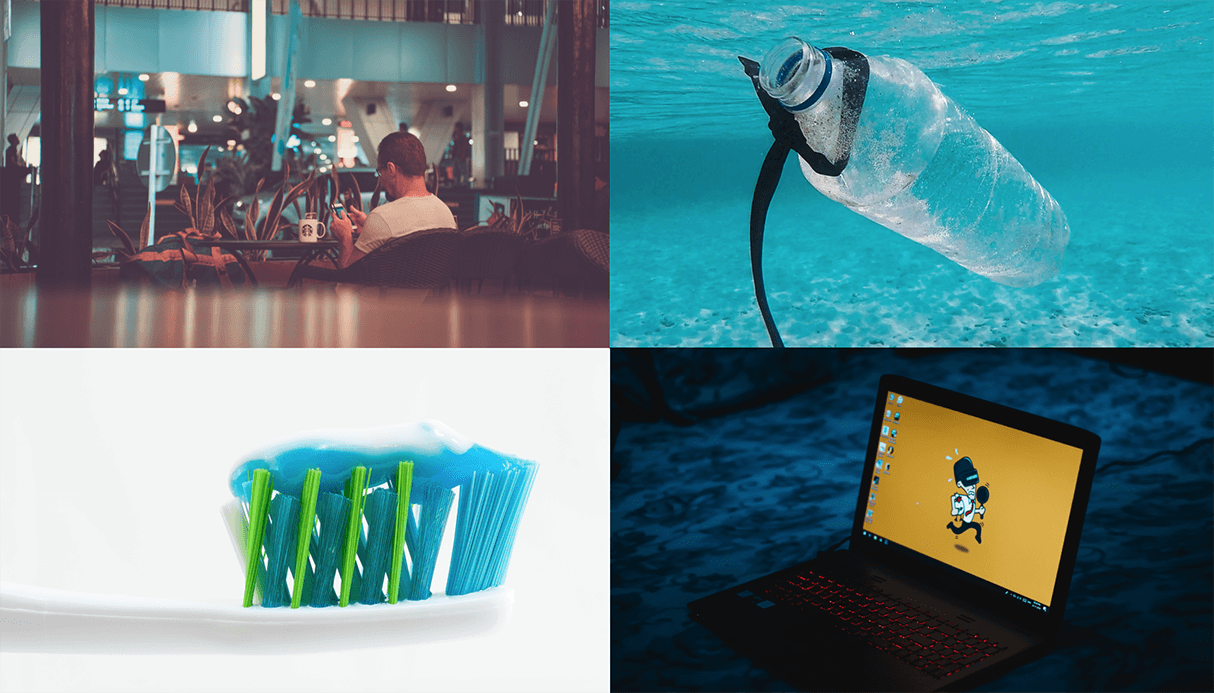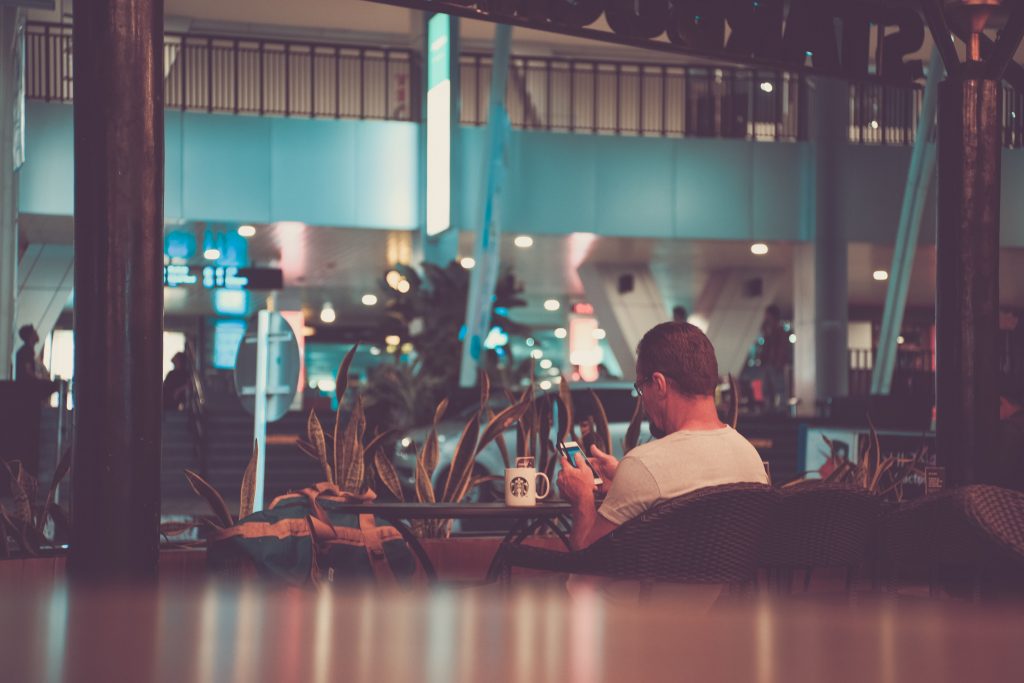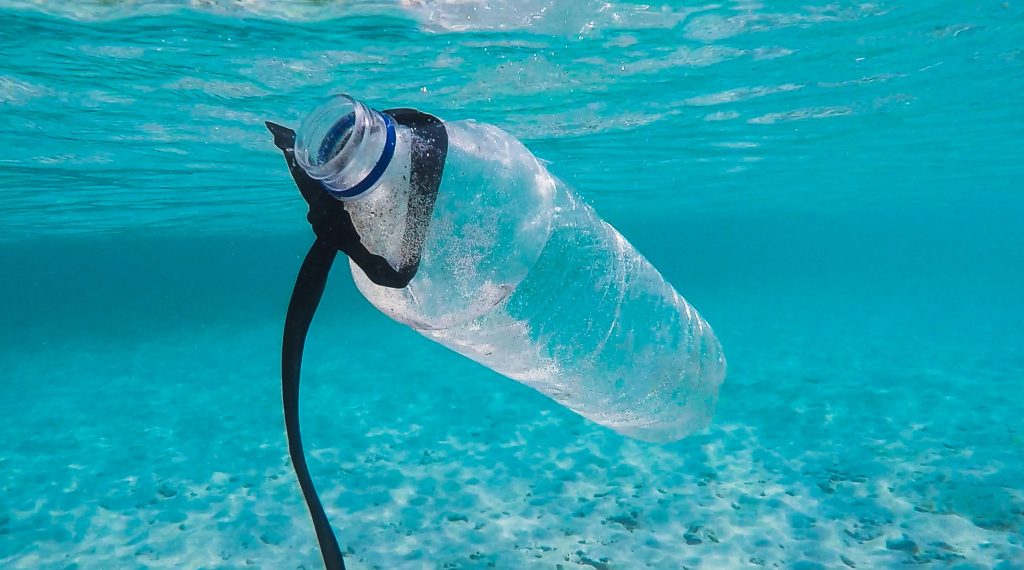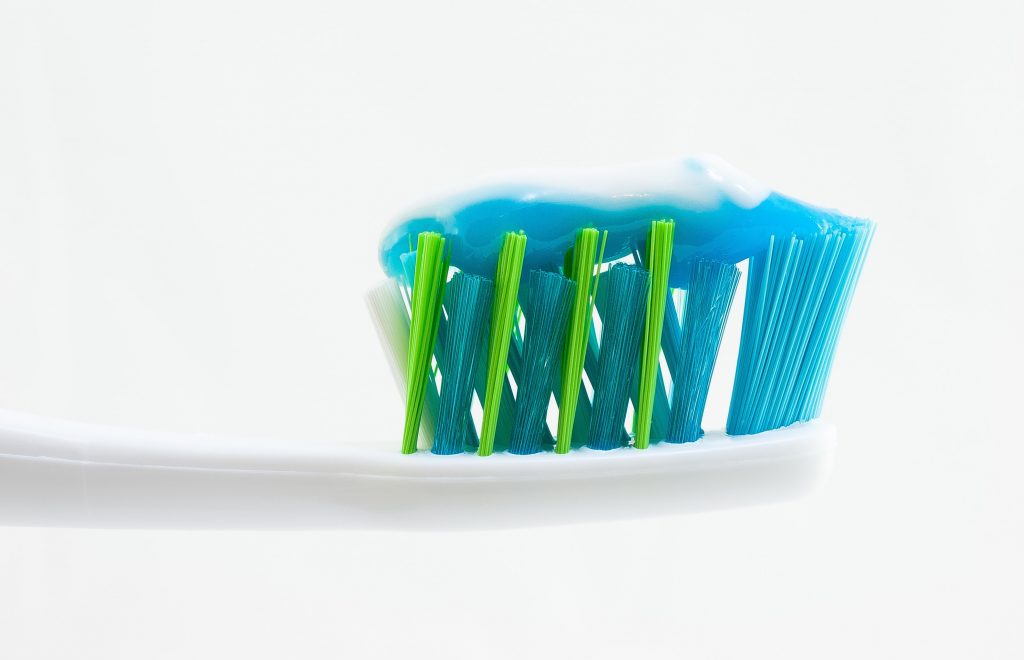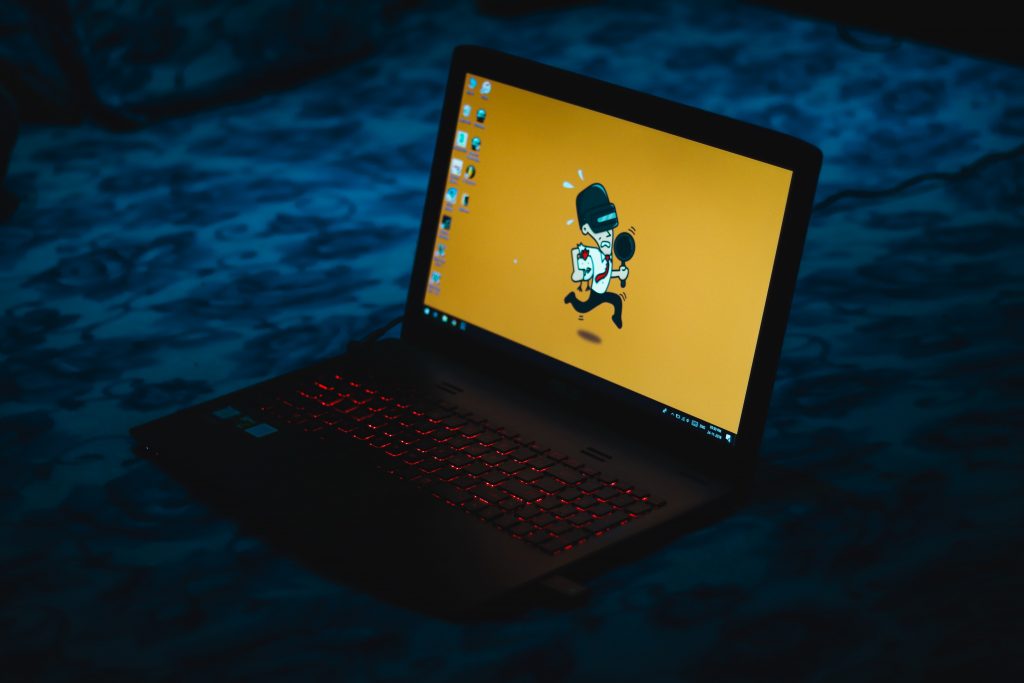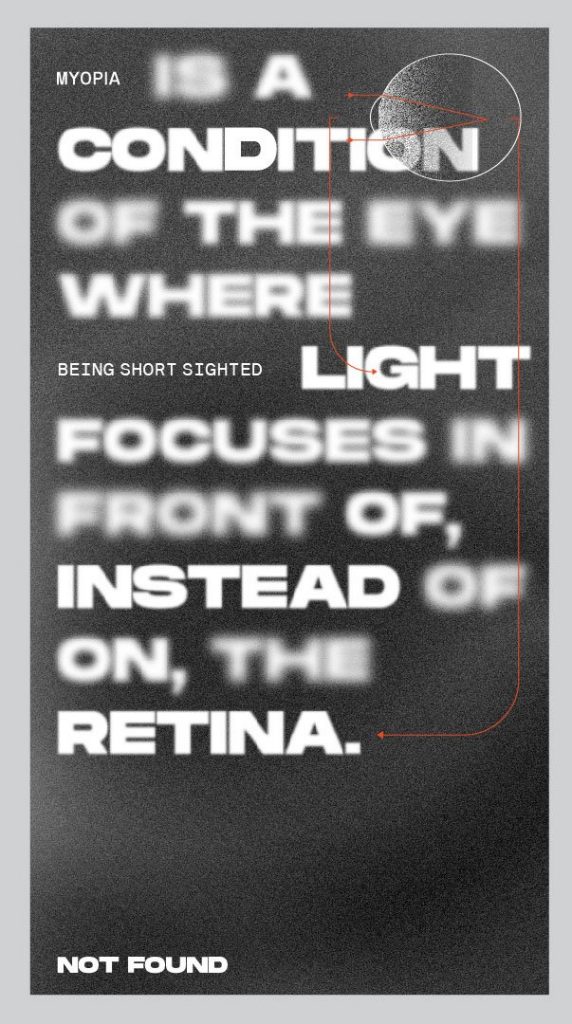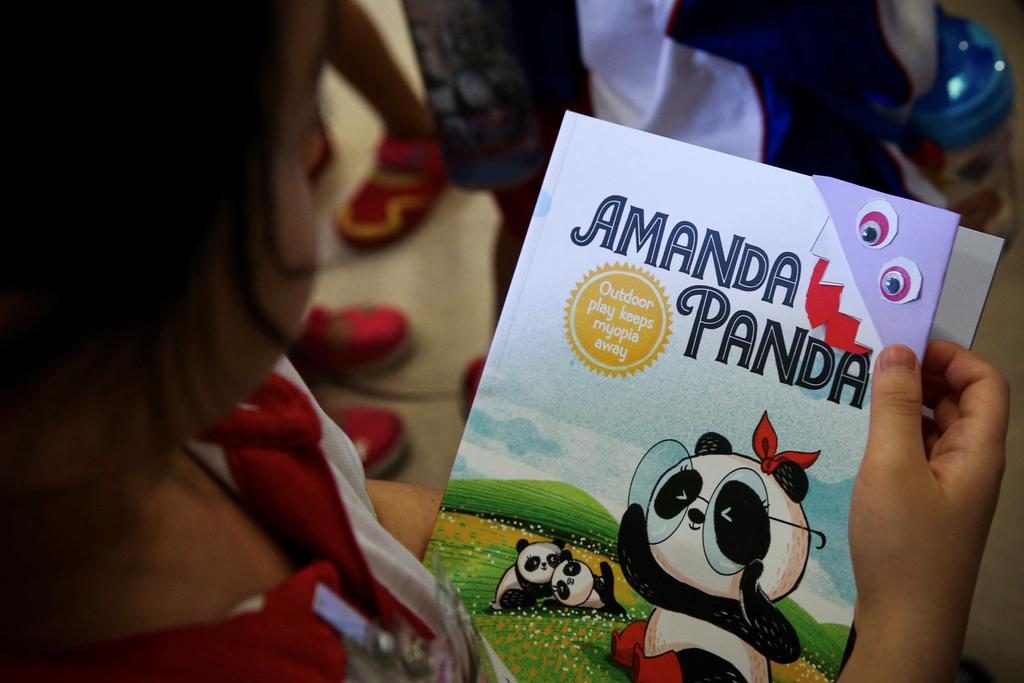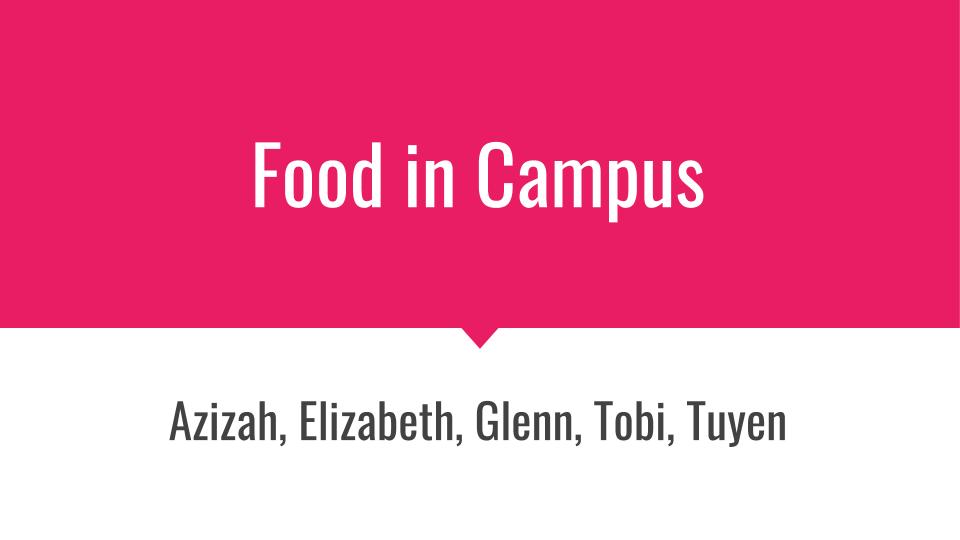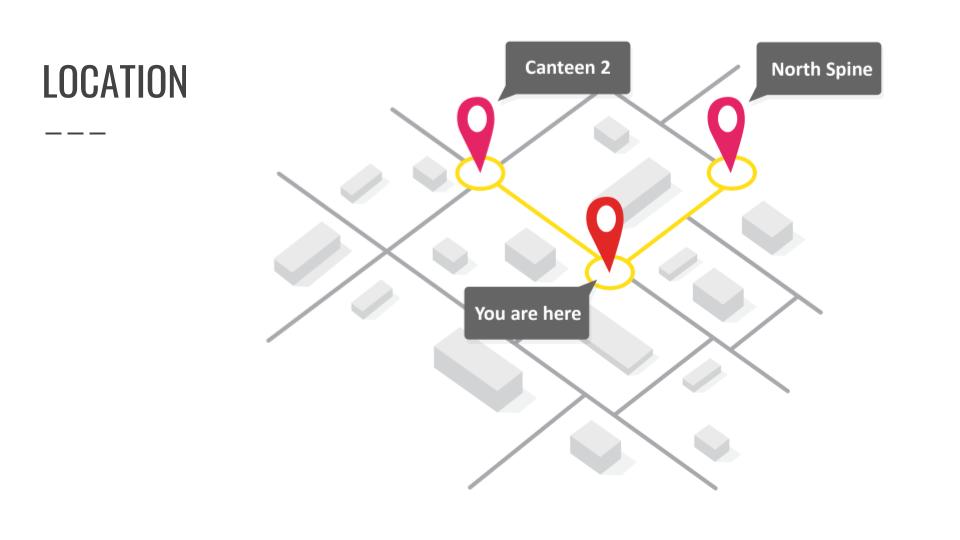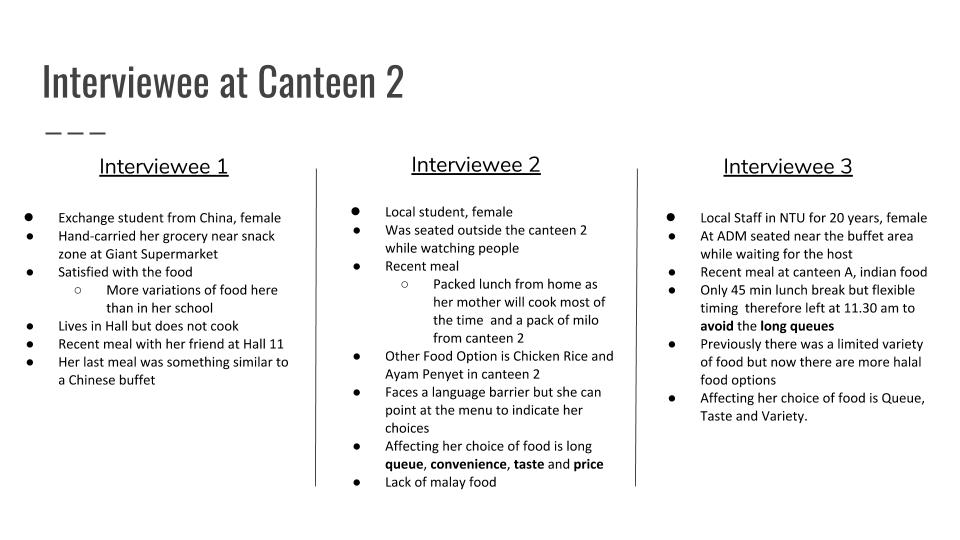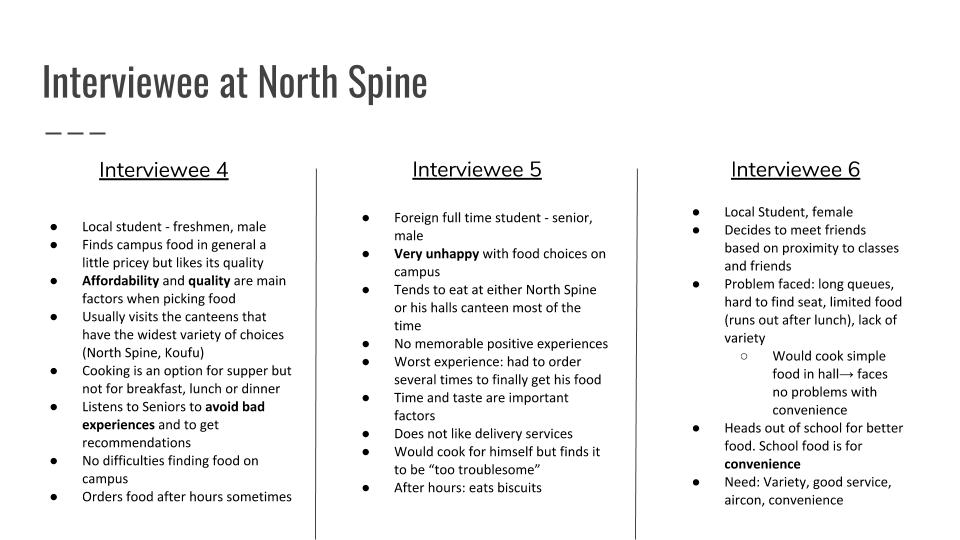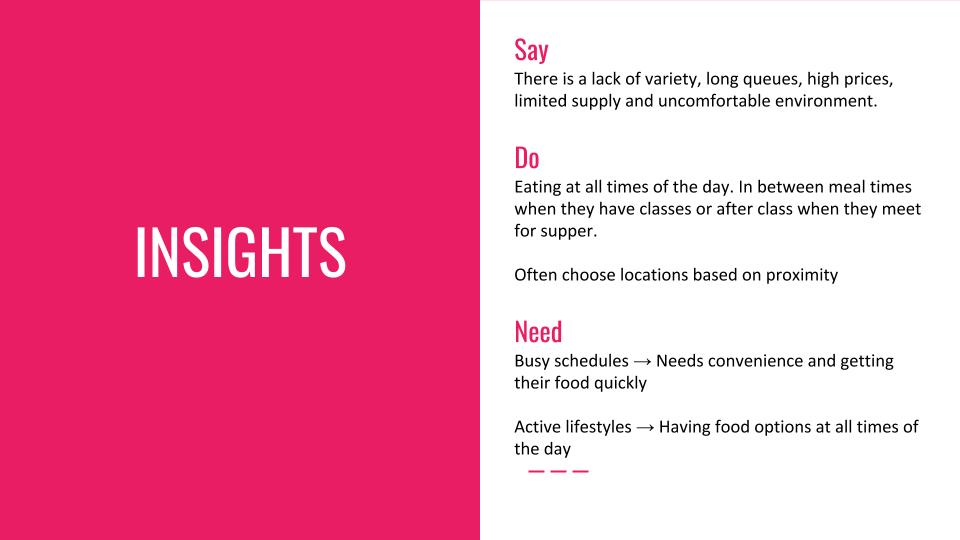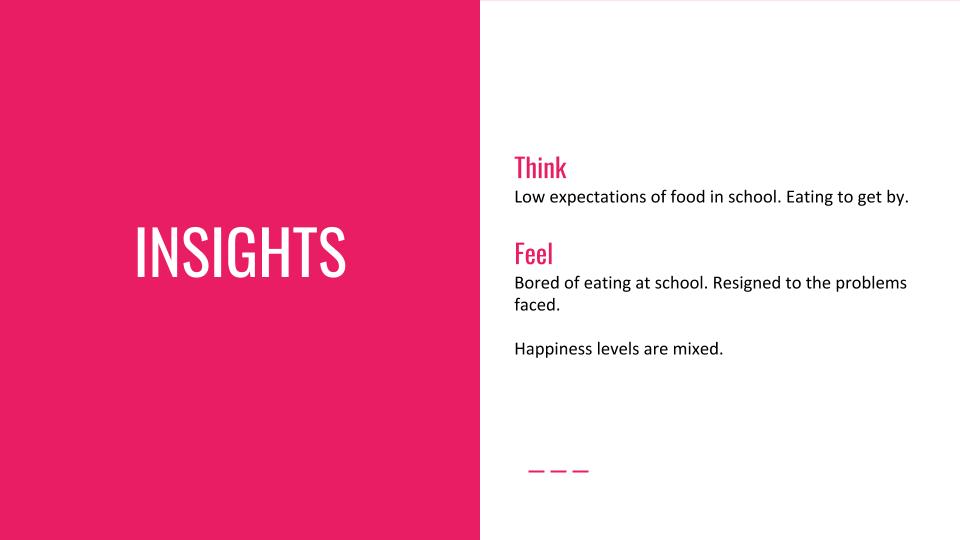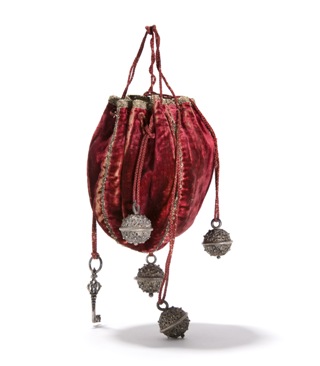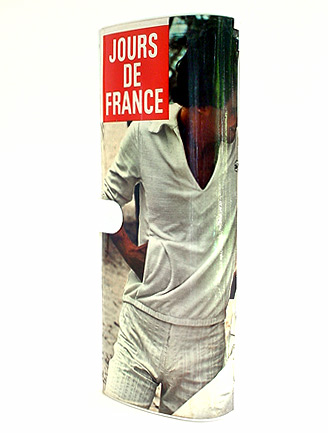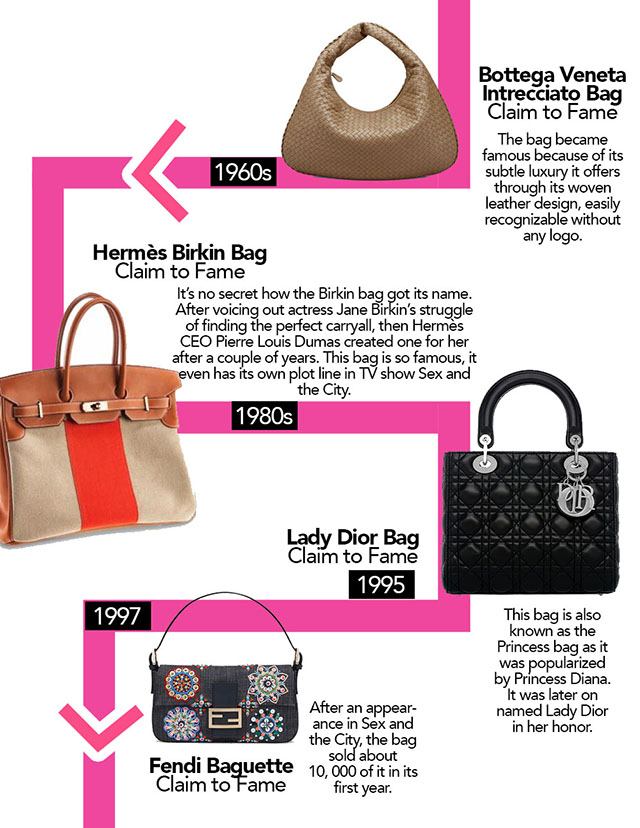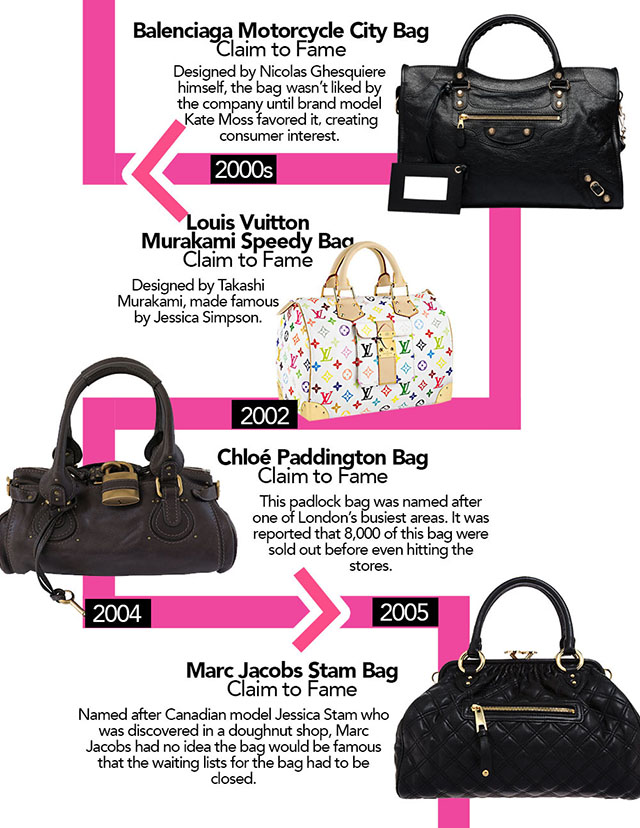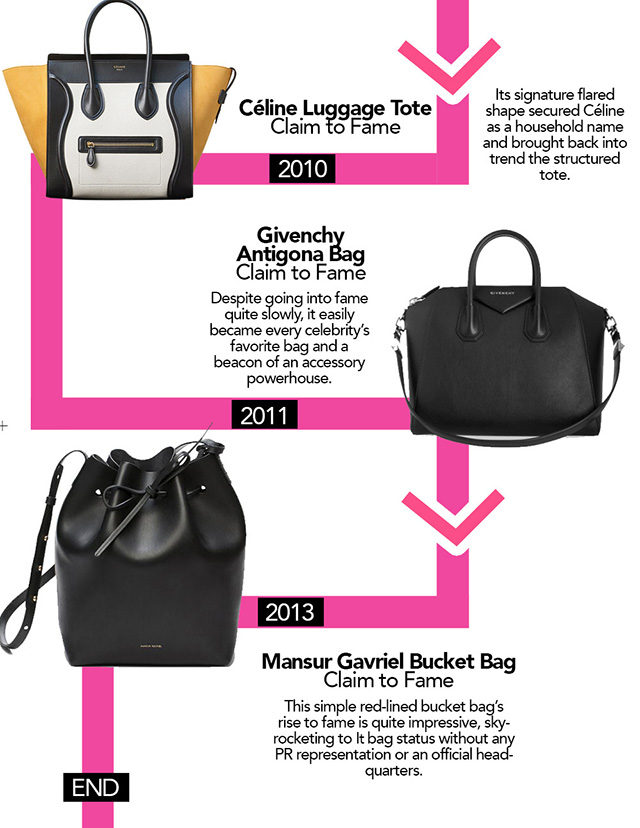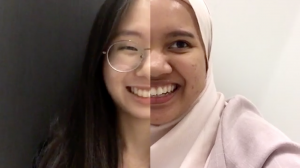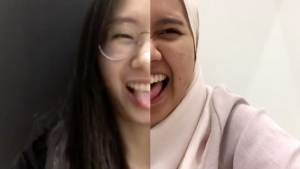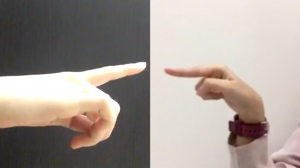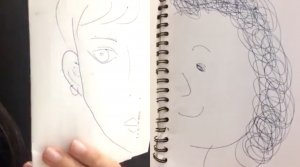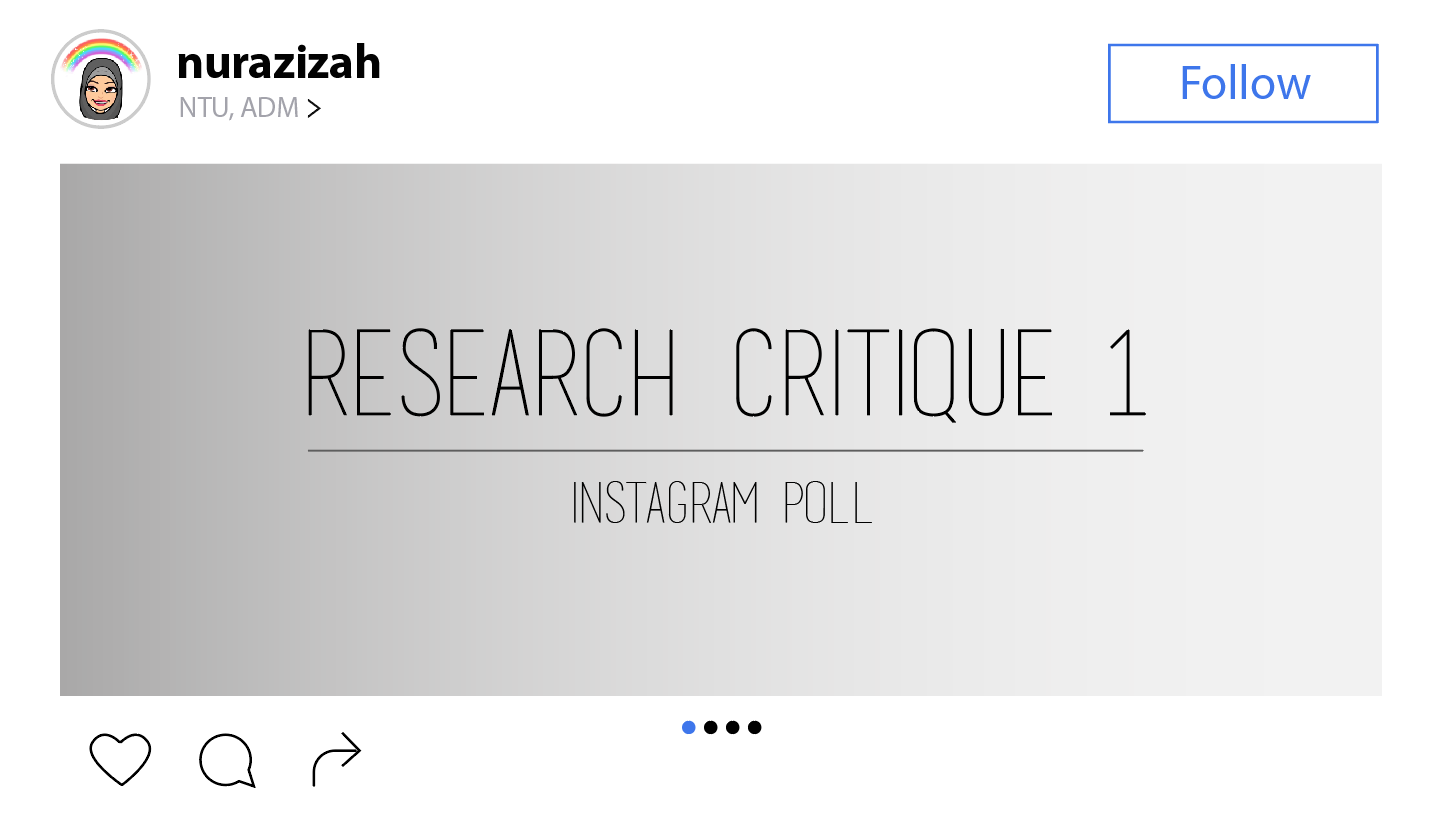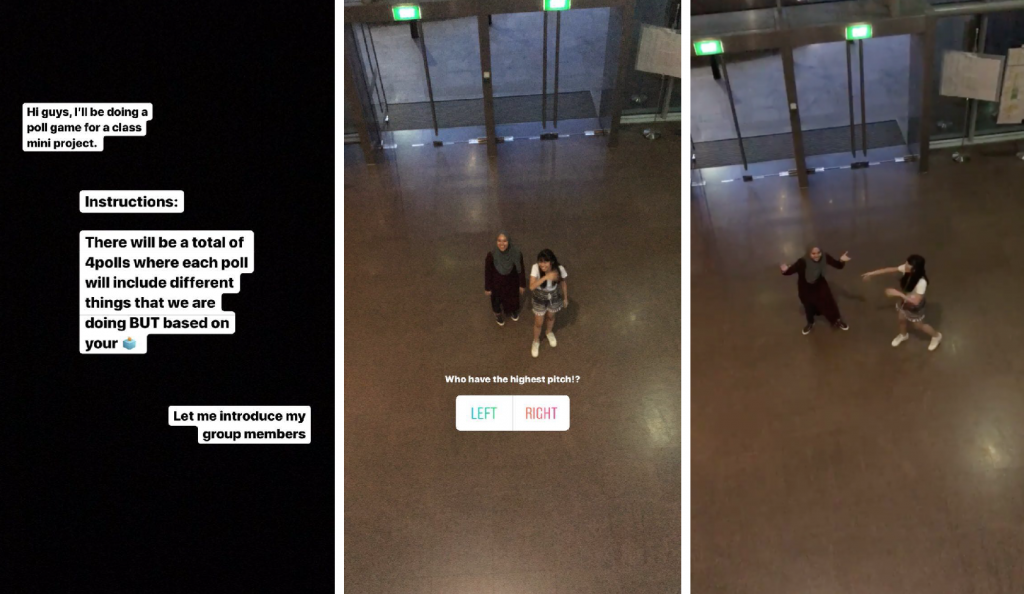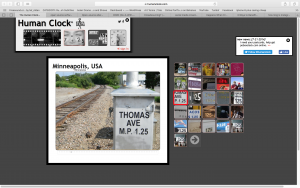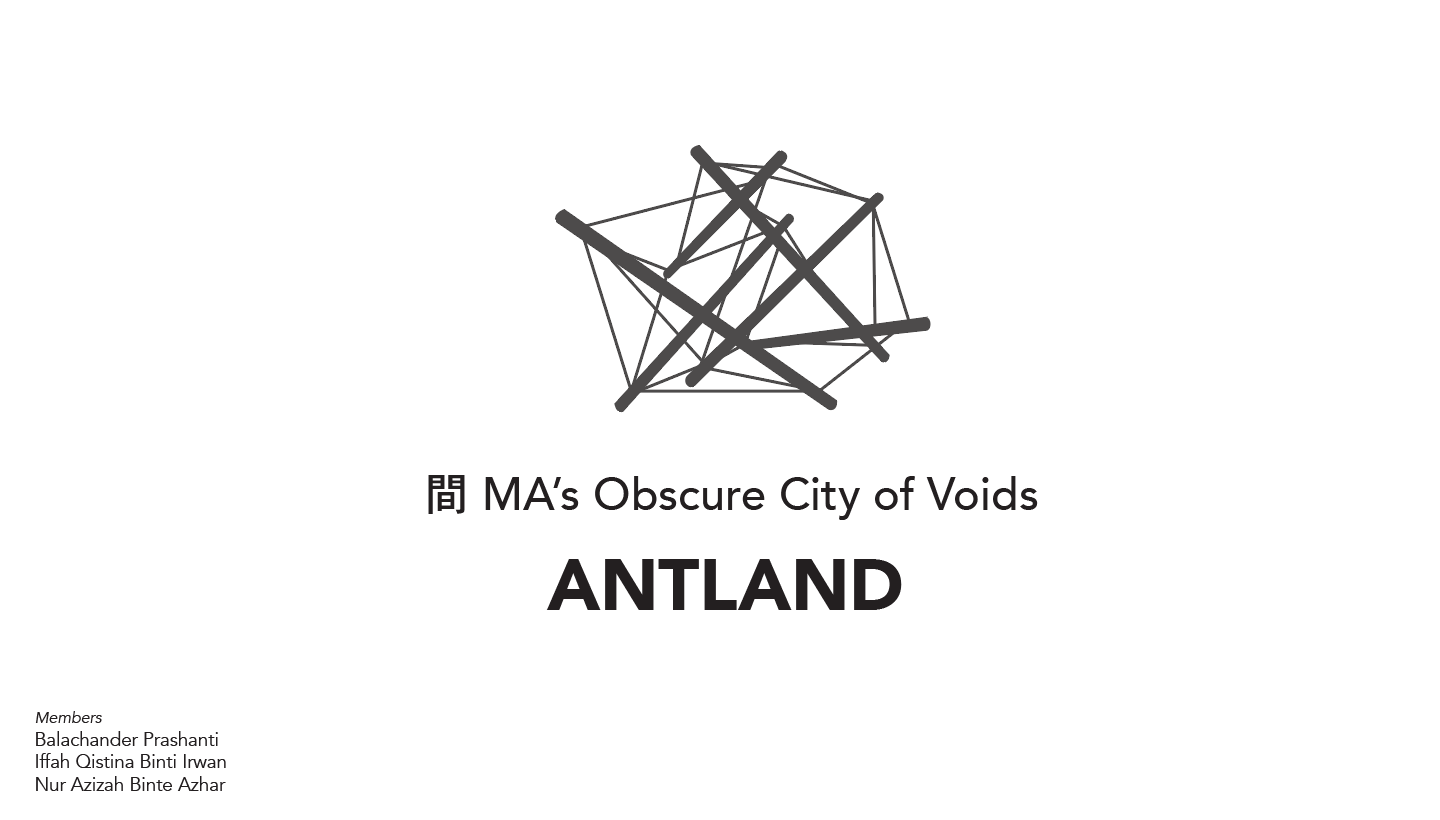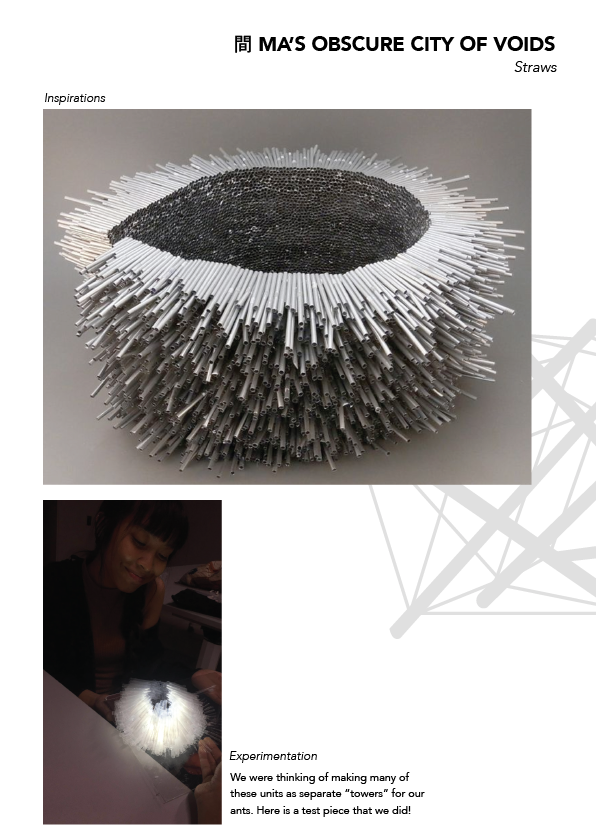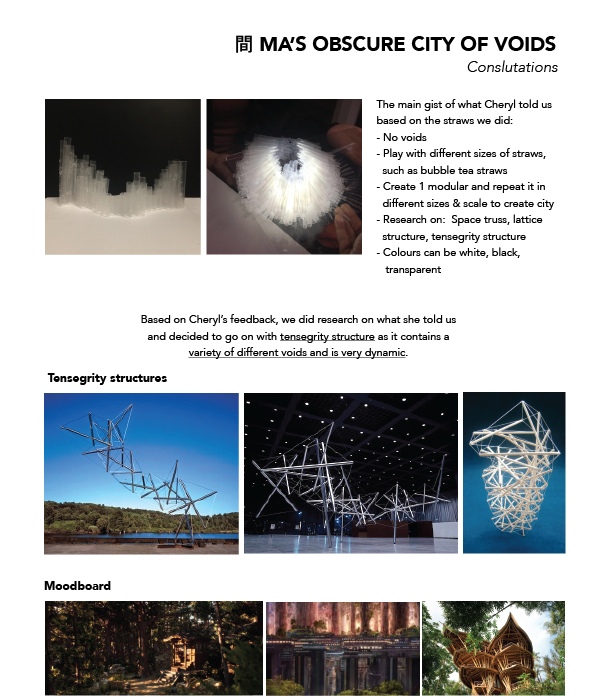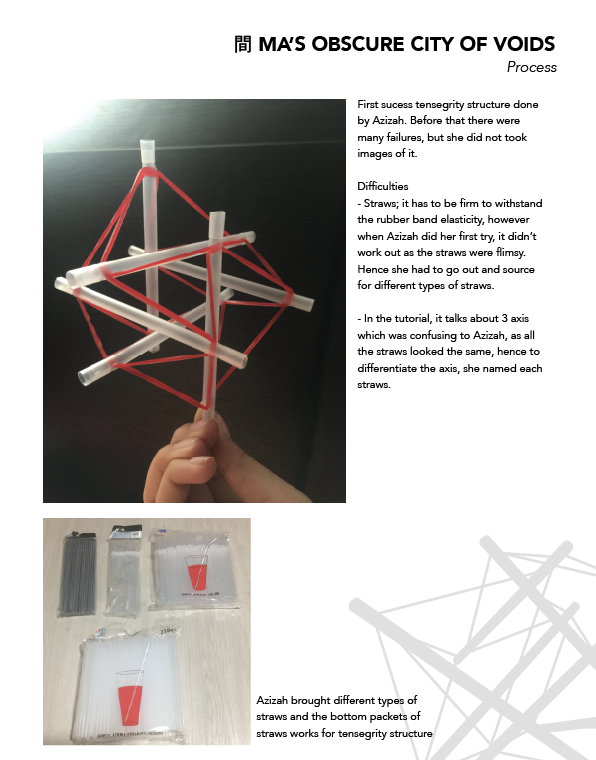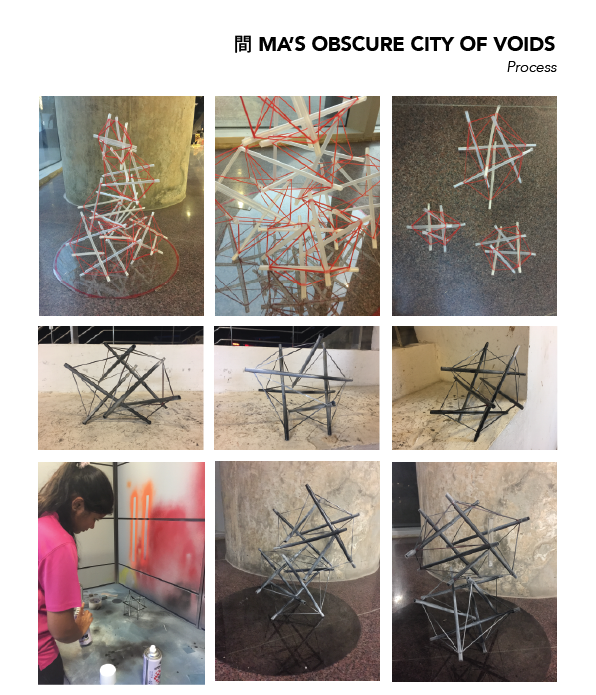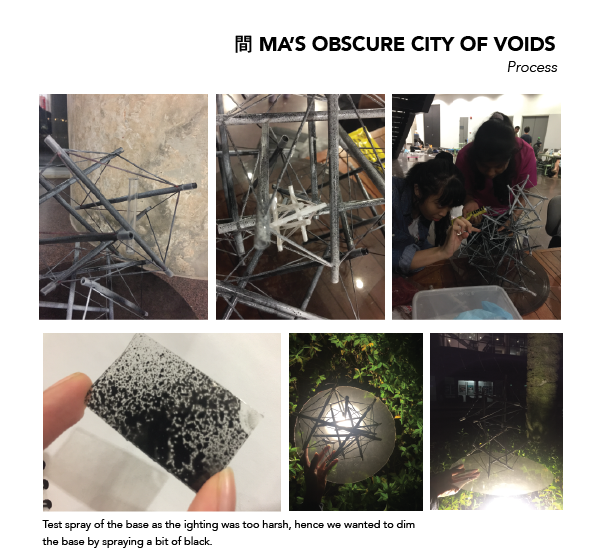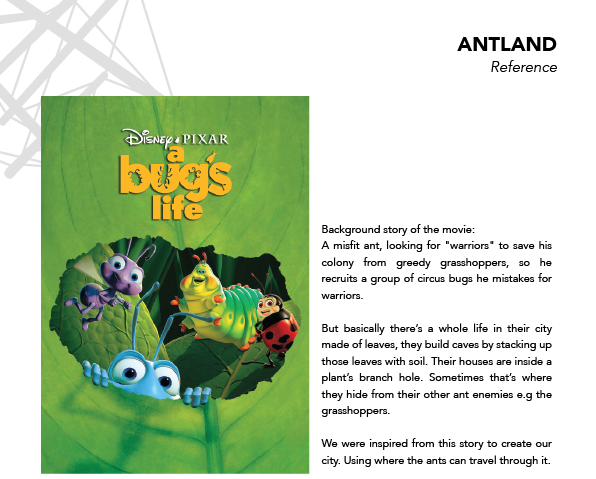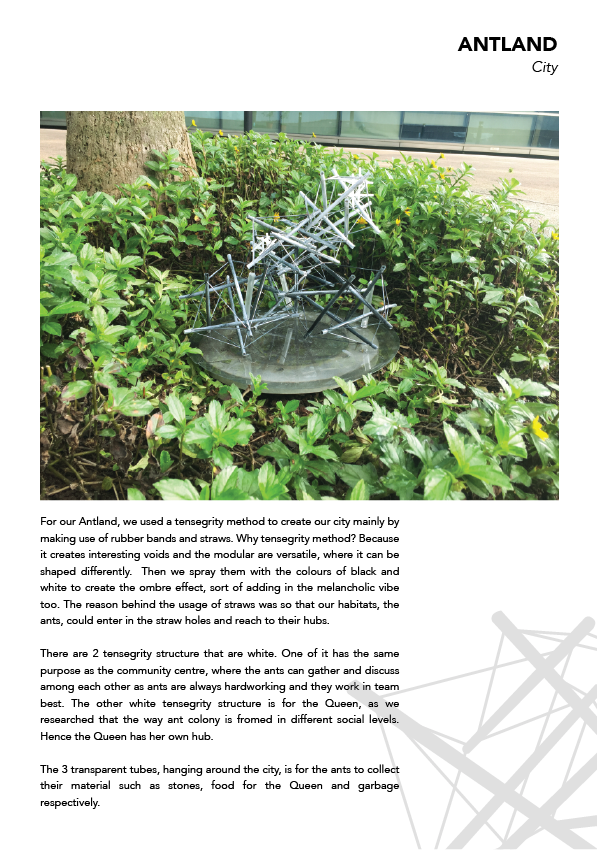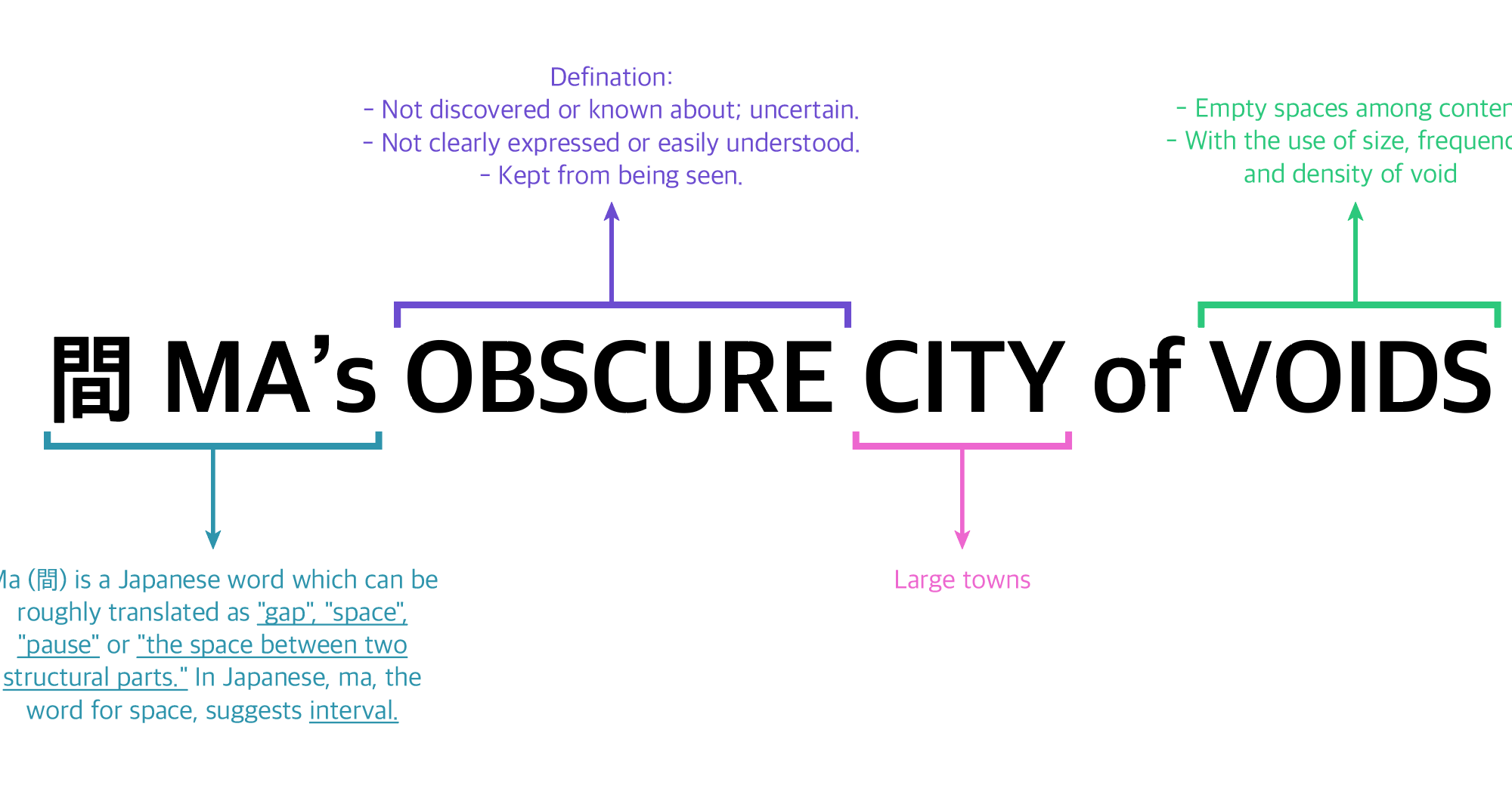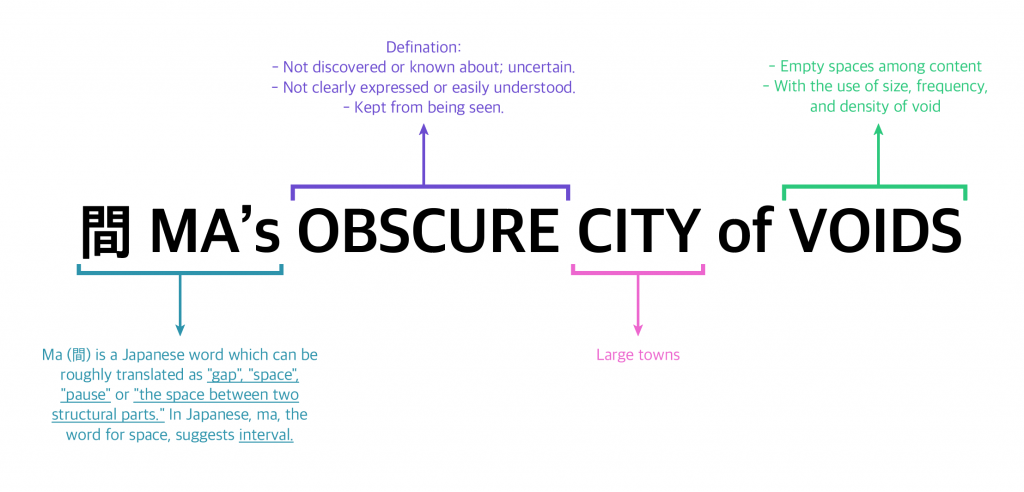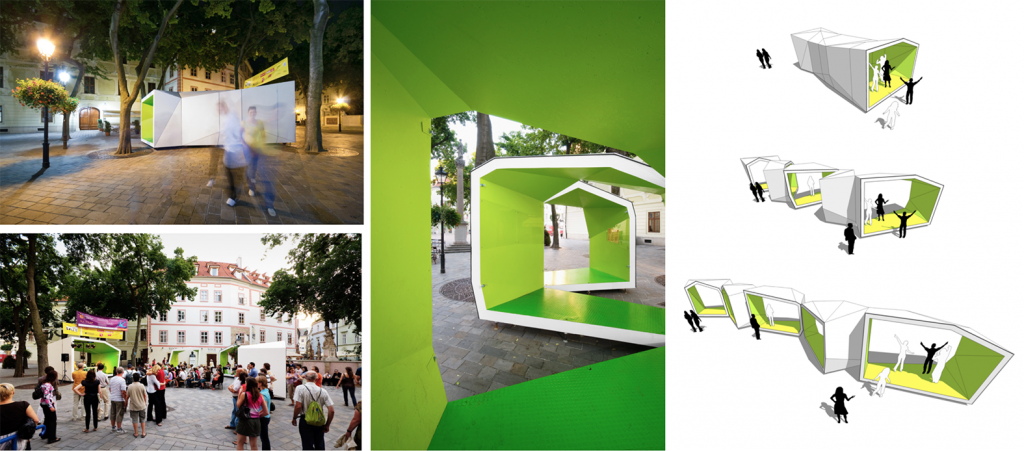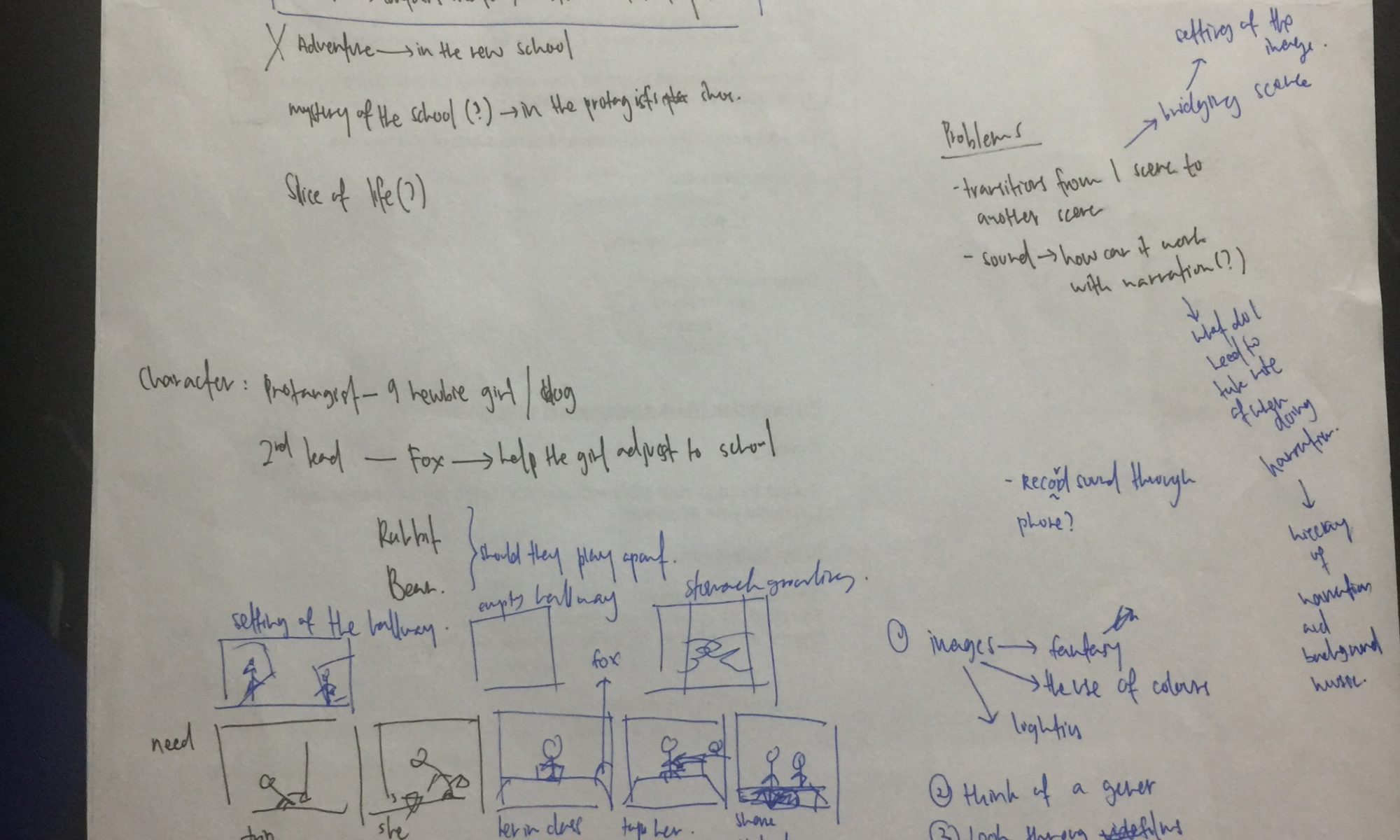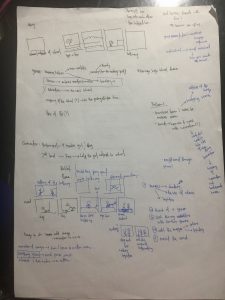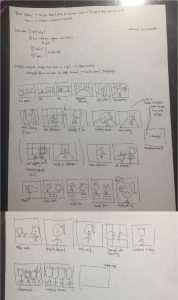Previously, in Task 1A, I mentioned that I wanted to do about screen time; how it is affecting us and what can be done to reduce screen time. However the topic was too broad and I could not decide which segment I want to focus on.
Hence, I selected my other option which is Oral Health. Oral Health or dental care is an issue among children who are 6 to 12 years old. Quoted from an online report in 2014,’one in two Singapore kids has rotten teeth’. A dental officer, Dr Matthew Lau, said: “We are seeing more children with decayed and filled teeth.” Bad oral health can get worse as children grow.
This survey is targeted to primary school students. The objective of this survey is to understand their views on oral health. The questions are meant to be direct and simple as young children have short attention span.
- Age
- How many time do you brush your teeth a day?
- Do you floss your teeth?
- Which of the following food is good for your teeth? Option given: Bread, candy, cheese, chocolate, milk, nuts, potato chips, tofu, vegetables
- How many time do you visit a dentist in a year?
- How do you feel when you visit the dentist?
- Do you know that bad oral health can lead to more problem as you grow?
- Any suggestions to encourage you and your friends to take care of your teeth?
In total, there are 16 respondents.
- Half of them are 12 years old, while the other half are between 6 to 11 years old.
- 75% of them brush their teeth twice a day
- 12.5% of the respondents floss their teeth, while 68.8% don’t.
- Majority selected milk, vegetables and bread. Minority of the respondents selected candy, chocolate and potato chips.
- 68.8% visit the dentist once in a year.
- Majority answered scared or wanting it to end fast (negative response). Some answered ok (neutral response). Minority gave a positive response such as “I like going to the dentist to keep my teeth clean.”
- All except one answered that they know bad oral health can lead to more problem as you grow
- Suggestions given are making brushing more fun and easy, having video, make dental less painful and many more.
From the data above, my insights are:
- Respondents do what they are told or thought to do such as brushing their teeth twice, visiting the dentist and avoid food that are bad for their teeth.
- Majority of the respondents say that they have bad experiences going to the dental. Minority say that going to the dental is ok, they enjoy getting their teeth clean.
- Majority need to understand that flossing is an essential part of oral health too, not only brushing and visiting the dentist. Flossing is helps in preventing cavities, bad breath and gum disease.
- Respondents might be still be a bit confuse on which food are good for their teeth. Example: nuts contains phosphorus which is good for strong teeth. But only 31% selected nuts as a healthy food for our teeth.

